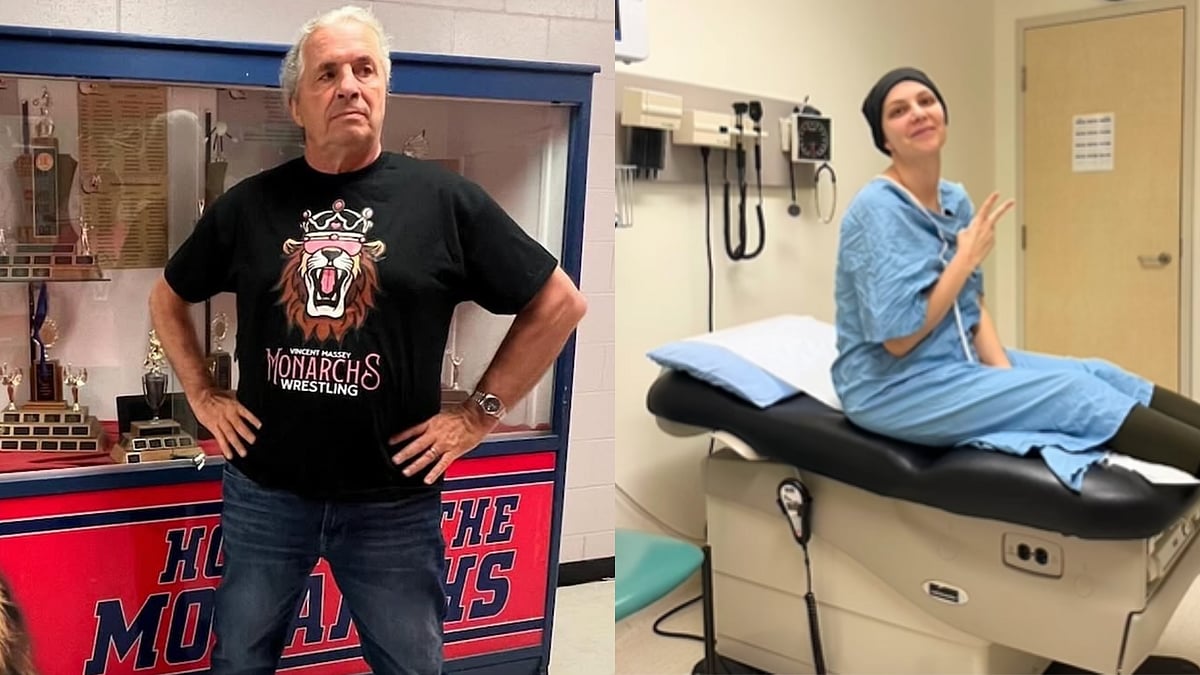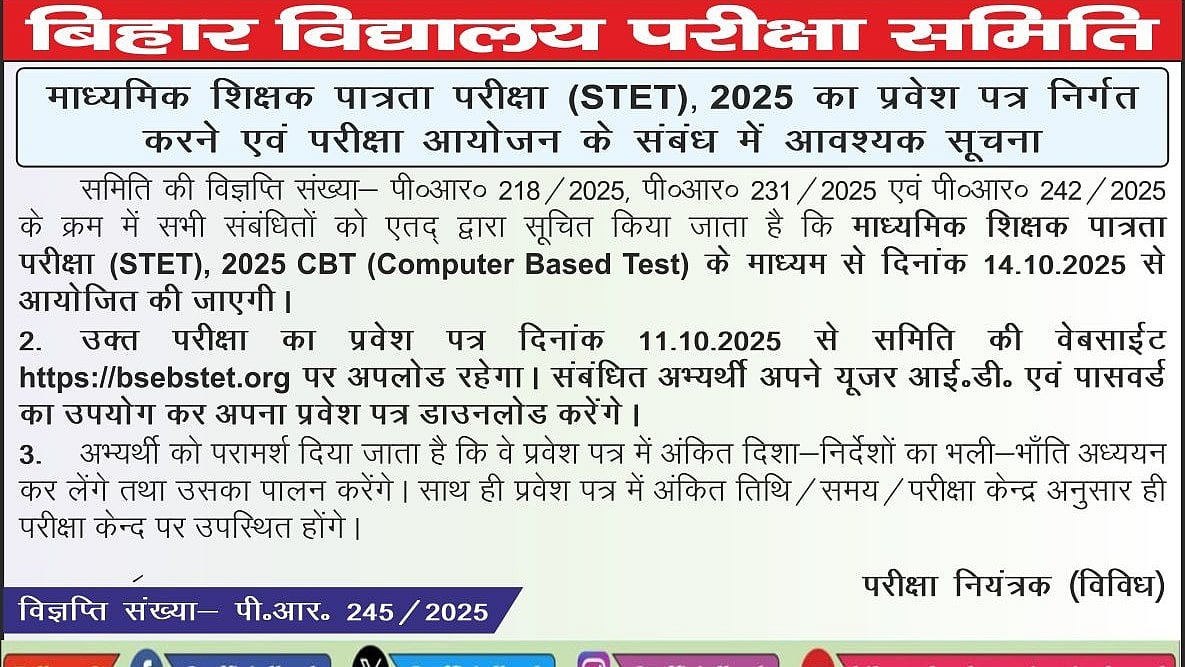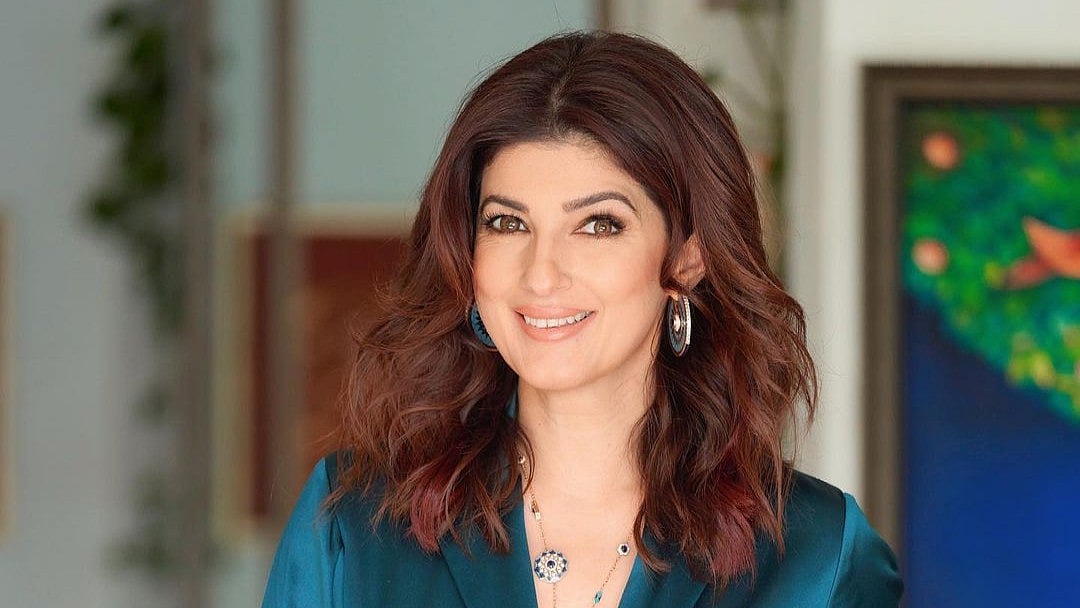Both Autism Spectrum Disorder (ASD) and Attention Deficit Hyperactivity Disorder (ADHD) are neurodevelopmental disorders which share certain common signs and symptoms but are different entities with different treatment and prognosis.
ASD is a spectrum of developmental disorder characterized by deficits in social interactions, challenges in social communication and presence of stereotypical / repetitive behaviour. It is more common in boys than girls, with ratio of 4:1. It has a prevalence rate of 1:58.
Clinical features include inconsistent eye contact, no response to name but intact response to sound of their choice, no pointing towards object, no joint attention. The child may recognise and speak alphabets, numbers, colours etc, (these define the memory / cognition of the child) but does not speak contextual social words. The vocabulary is maximally limited to need based words or no contextual words.
The child knows what he needs and will take the caregivers to the concern place, without having a consistent eye contact, but will not follow any command. The kid would be lost in his own world and show no interest in the surrounding environment. The child would show certain repetitive behaviour like toe walking, taking interest in revolving objects, aversion or liking towards peculiar sounds like shrill noise of pressure cooker, noise of washing machine, mixer grinder etc.
Child may look sidewards rather than looking infront, may seek for light coming through holes. Sleep may also be affected. The kid may have concerns in initiation or continuation of sleep. Feeding is also affected. Some of them may be picky eater, with liking for either crunchy food or semisolid mashed food.
ADHD is a neurodevelopmental disorder characterized by hyperactivity, impulsivity and/or inattention. Around 3 to 5 % of the children are thought to have ADHD. It is of 3 types depending on the type predominance of features. They are: Hyperactivity type, Inattention type and Mixed type.
Clinical features include hyperactivity, inability to focus consistently on some work, cannot sit at one place, spurt out of turn, could not wait for one’s turn, constant restlessness and fidgeting, forgetting instructions, moving from one task to another without completing the previous one. Because of these features their social life is affected. Their intelligence and understanding is normal.
Main concern area is the execution, which is not controllable. As they cannot control themselves, other children are not interested in becoming friends with them. As they do not have an insight into their problems and parents and teachers are unaware of their problem, they feel left out and sometimes depressed. Sleep is a concern and they too have difficulty in initiation of sleep.
The children with predominant inattention type of ADHD are diagnosed as “lost in their own world”, have poor scholastic performance, sluggish in their daily chores, forgetful and lazy. Although, according to the natural course of the disease, there is improvement in the hyperactivity and impulsivity as the age progresses.
It may happen that a child may have both the disorders together or may be diagnosed with a single entity. Thus, while a child with ADHD will talk continually, nonstop, not knowing what is the impact of their words on others, an autistic child will use only need based words, struggle with eye contact, and will fixate on his favourite topic of discussion.
A child with ADHD will become bored with a work, and would like have variety and variation in his work, whereas an autistic child will insist on the sameness, and will not like any deviation or variation from the routine. A child with ADHD will have difficulty in paying attention for a long time and may get distracted easily, whereas a child with autism have limited interests, but they are obsessed with it and some of them may excel in their field of interest.
As both these disorders overlap in their symptomology, an expert should decide on the diagnosis. It is important to have a correct diagnosis as prognosis and treatment depends on the correct diagnosis.
A child with ADHD would benefit from cognitive behavioural therapy, occupational therapy, special education and/or medication, depending on the need of the child. A child with ASD would benefit from occupational therapy, ABA therapy, speech therapy, special education, depending on the area of difficulty.
(Dr. Puja Kapoor is a Paediatric Neurologist & Co- Founder of Continua Kids)











